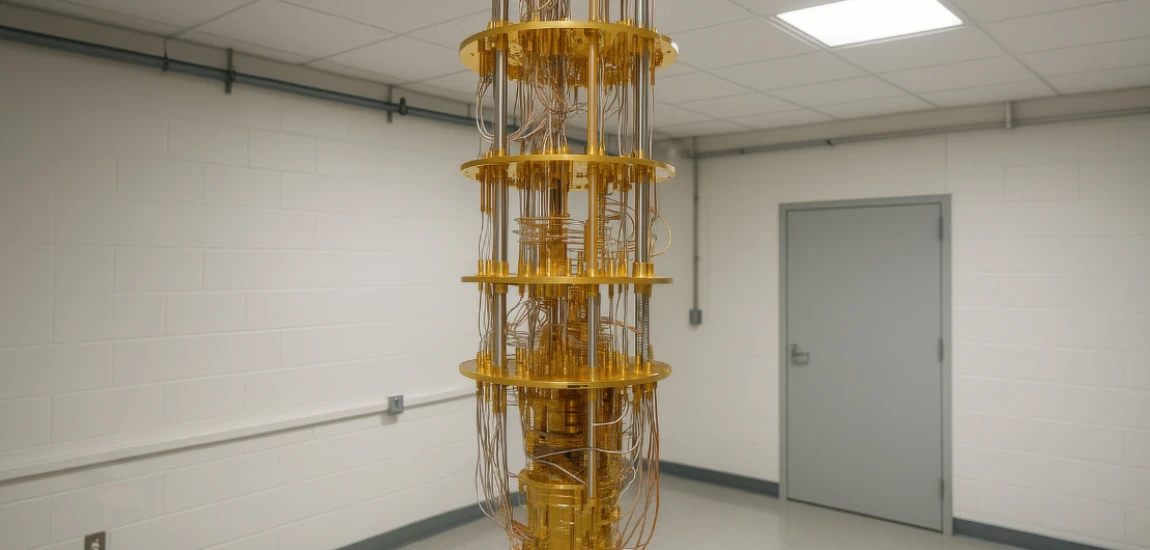Quantum Story Structures: Writing for Branching, Parallel, and Probabilistic Realities

Storytelling has always wrestled with choice, fate, and possibility. From ancient myths to modern cinema, creators have asked: What if things had happened differently? With the rise of interactive media, games, and digital platforms, that question is no longer philosophical—it’s structural. Writers today are experimenting with quantum story structures, crafting branching, parallel, and probabilistic narratives that reflect the complexity of human choice and the uncertainty of multiple realities.
Unlike linear storytelling, quantum story structures don’t move in a straight line from beginning to end. They open possibilities: stories that fork into alternate endings, timelines that run in parallel, and outcomes generated by probability. This design mirrors the way quantum physics imagines reality itself—not as one fixed path but as overlapping probabilities.
In this blog, we’ll explore what quantum story structures are, how writers use them, and what lessons they hold for the future of narrative design.
What Are Quantum Story Structures?

Quantum story structures take inspiration from the principles of quantum mechanics, where reality exists as multiple potential states until observed. Applied to storytelling, this means designing narratives that don’t settle into one fixed version but instead explore multiple possible realities.
Branching Narratives
The most familiar form of quantum storytelling is branching—stories that offer decision points where players or readers choose paths. Popularized in choose-your-own-adventure books and later in video games like Mass Effect or Detroit: Become Human, branching creates a sense of agency and personal authorship. Each choice “collapses” the story into one version of events while other possibilities remain unseen.
Parallel Realities
Parallel narrative structures take a different approach, presenting multiple timelines or realities side by side. Works like Dark on Netflix or the game Bioshock Infinite show characters navigating simultaneous realities that mirror and diverge. These stories emphasize interconnectedness, asking how choices ripple across universes.
Probabilistic Storytelling
The most experimental approach involves probability-based outcomes, where randomness influences the story. Rather than fixed branches, probabilistic stories introduce uncertainty, ensuring no two experiences are the same. Tabletop RPGs and AI-driven narratives often rely on this structure, blending authored storytelling with emergent unpredictability.
Why Quantum Structures Matter in Modern Storytelling

Quantum story structures aren’t just stylistic—they reflect deeper cultural, technological, and psychological shifts in how we experience stories.
Matching Digital Attention and Choice Culture
In the age of streaming and interactive platforms, audiences are accustomed to choice and customization. From skipping scenes to binge-watching nonlinear arcs, storytelling must reflect user-driven consumption patterns. Quantum structures give audiences ownership over their experiences.
Representing Complexity and Ambiguity
Life rarely unfolds in neat linear arcs. Quantum storytelling mirrors the uncertainty of real life—its branching choices, unexpected outcomes, and parallel identities. By incorporating ambiguity, writers can capture a more authentic emotional experience that resonates with audiences facing complex realities.
Expanding Creative Possibilities
Quantum structures free writers from the tyranny of the single arc. Instead of laboring over one “correct” version of a story, they can explore multiple truths simultaneously. This flexibility opens doors for innovation in character development, plot, and thematic exploration.
Designing Branching Narratives That Feel Meaningful

Branching narratives can easily become overwhelming or hollow if not designed with care. The challenge is to make every choice feel meaningful, even if paths eventually converge.
Avoiding the Illusion of Choice
One common pitfall in branching design is giving players choices that don’t matter. If every branch leads to the same outcome, audiences feel manipulated. To sustain immersion, branches must offer genuine consequences that affect character arcs, world-building, or endings.
Balancing Breadth and Depth
Too many branches can dilute a story, while too few limit player engagement. Writers must strike a balance between offering diverse paths and maintaining depth in each narrative thread. A good rule of thumb is to design key decision points that ripple across the entire story rather than scattering superficial choices.
Emotional Investment in Choice
Branching works best when choices are emotionally charged. Instead of presenting arbitrary options, tie decisions to moral dilemmas, relationships, or values. When players agonize over choices, they invest more deeply in the story’s outcomes.
Exploring Parallel Realities in Narrative Design

Parallel narratives are powerful tools for exploring identity, fate, and interconnectedness. They invite audiences to compare “what is” with “what could have been.”
Storytelling Across Multiple Universes
Parallel structures often involve characters moving between realities or glimpsing alternate selves. This structure works well for exploring themes of destiny and self-discovery, as in Everything Everywhere All at Once. By juxtaposing multiple outcomes, storytellers highlight both the fragility and resilience of identity.
Designing Symmetry and Contrast
Parallel stories thrive on contrast. Writers should design differences that illuminate character growth or thematic resonance. For example, one reality might show a character achieving success but losing love, while another shows the opposite. The interplay between realities creates meaning.
Challenges of Parallel Design
The danger of parallel narratives is confusion. Too many overlapping realities can overwhelm audiences. Effective design requires clear cues—visual, auditory, or narrative—that distinguish timelines while maintaining cohesion.
The Role of Probability in Storytelling

Probabilistic narratives add randomness to storytelling, blurring the line between authored plot and emergent play.
Dice Rolls and Random Generators
Tabletop RPGs pioneered probabilistic storytelling, where dice rolls determine outcomes. Digital media has expanded this approach, using algorithms to introduce randomness in character survival, plot events, or endings. This unpredictability keeps stories fresh and replayable.
AI-Driven Probabilistic Stories
With advances in AI, writers can now design frameworks where algorithms generate unique outcomes for each user. Imagine a story where characters live or die based on algorithmic probability, creating endless variations of the same core narrative.
Balancing Chaos and Control
The challenge with probabilistic storytelling is maintaining coherence. Too much randomness can feel arbitrary, undermining emotional investment. Writers must design boundaries within which probability operates, ensuring that even unexpected outcomes feel thematically consistent.
Practical Tips for Writing Quantum Story Structures

Designing quantum story structures requires a different mindset than linear writing. Writers must think in systems, not just arcs.
Map the Multiverse
Start by mapping possible branches, parallels, or probabilities. Flowcharts, story diagrams, and narrative trees help visualize complex structures. This ensures consistency and prevents plot holes.
Write Modularly
Quantum structures work best with modular writing—self-contained story units that can recombine in different orders. Writing modularly makes it easier to manage complexity while maintaining coherence.
Prioritize Theme Over Plot
With so many possible outcomes, plot alone can’t unify the story. Instead, focus on thematic throughlines—love, loss, identity, choice—that resonate across branches. This ensures that no matter which path audiences take, the story feels cohesive.




